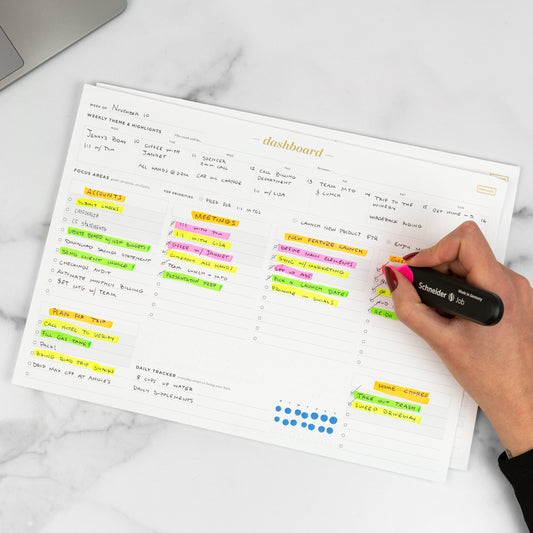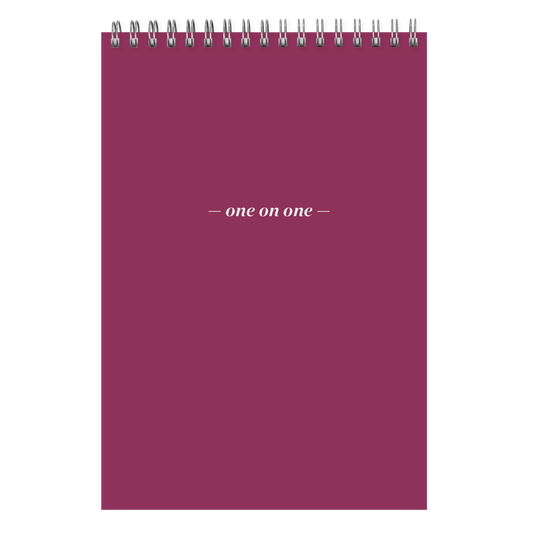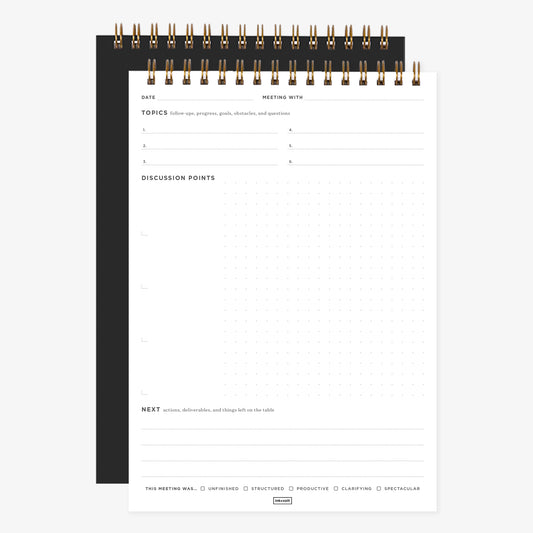There are dozens of priorities competing for our attention every day.
Whether it be the work in front of us, a buzzing phone notification, an incoming email, or a chatty colleague, there are days where it can all be a bit too much.
Those days call for an emphasis on “selective attention”.
What’s that? It’s simple at its core: don’t try to do everything at once. Multi-tasking can only get us so far. Plus, science tells us we aren’t built for that. Our brains like to focus on one thing at a time. That’s why we have a hard time deciphering magic tricks. Our brains can’t see it all.
Work is the same way. If we divide our attention up too much, we start missing things.
When things start getting a little hectic, it’s time to employ selective attention. Here is how you do it.
First of all, what is selective attention?
The theory is pretty straightforward. Scientists explain selective attention as our brains focusing on one stimulus and blocking out the rest.
In the late 1950s, Donald Broadbent developed a filter model, which neatly explains how our brains filter information. Think of it like a bottle with a long, narrow neck. While a bunch of ideas or tasks may fit into the base of the bottle, only a few will be able to fit through the neck of the bottle at a time. Those are the ones you’ll be able to focus on.
Our brains — the bottle — are set up to hone in on one thing at a time. As frustrating as that can be some days, understanding that (and working with it) can really help us to feel less frustrated as we work to reach deadlines and do good work.
Like all things, perfecting selective attention can take a little trial and error. Different days and different tasks call for different methods.
Balancing selective attention with multi-tasking can be effective, but to get there you need to first take a look at what’s all fighting for your time and effort.
Analyzing what’s in front of you
So you’ve got deadlines, emails flying into your inbox, a colleague asking for help, and a lunch meeting to prepare for. It’s madness, and there is no way you can even begin to do it all at once. It’s easy to start one thing and easily hop into doing something else without even making any progress on the task you originally started, because the crazy pace of your day makes it so hard to focus.
It’s nearly impossible to multitask a bunch of things that all require serious attention, like meeting with a client and also drafting a proposal. You can’t do both at once. Applying selective attention in this scenario would mean you drop doing the proposal for now and focus on what’s in front of you: your client. Put the proposal out of your mind until the meeting is over. Do a good job with your client, and then do a good job with the proposal.
When you have a bunch of tasks to tackle, it can be difficult to not dive in head first and try to do everything at once. Resist. You’ll thank yourself in the long run.
Take an inventory of the biggest goals and priorities you have right now, and something from your list of possible tasks will float to the top. Analyzing what’s right in front of you is a good way to set selective attention in motion. Don’t let too many options cloud your mind. Focus on the here and now.
A few ways to get started are:
- Make a to-do list — sometimes actually writing this down will help you work through what you should really focus on
- Keep a good calendar — this way you’re keeping on top of deadlines and not mistakenly diverting your attention when you don’t need to be
- Rank priorities — while you’re doing this, think about whether any of your most important tasks can be done in conjunction with something else.
Organizing your thoughts helps you refine your work and create a path to use selective attention techniques, which are all about working smarter.
Letting go of distractions (big and small)
The whole point of selective attention is not to let yourself get caught up in a bunch of other tasks or distractions. But, that’s easier said than done a lot of the time. A simple ding from my iPhone can derail my progress for a good 15 minutes if I let it.
A ton of things are competing for our attention, and so many of them are things we really want to focus on, too, like a note from our boss or something far less productive like a funny Slack message.
After you’ve considered all of the duties that you need to get through, and you’ve dedicated yourself to one, it is time to commit to it.
If getting caught up in returning emails is going to take away from finishing a presentation, close the tab or kill the application. If Twitter is fighting for your attention while you’re in a meeting, silence your phone.
They’ll be there when you’re done.
Sometimes it’s the smallest distractions are what really prevent us from really centering our attention on big tasks. Letting our attention focus on small things around us can dilute our progress or end product. Many of those disturbances are easy to turn off for an hour or so. We can return to them eventually and with no impairment.
You can wear headphones, close a door, or find a quiet place to work outside of your normal area to help magnify your selective attention. Other distractions, like people, are a little trickier to manage.
Communicating your goals
Being completely honest about your time and attention is hard enough to do with yourself. But add a handful of people to the mix and lasering in on the whole selective attention thing can feel nearly impossible. Unlike your phone, you can’t mute your co-worker.
But you can be honest with them. Share your priorities and how you plan to tackle them. It’s a good way to create boundaries for yourself with the people around you while you work.
If somebody is asking for help and your biggest priority is completing a presentation for later in the day, it may be best to tell them you’ll be available after you’re finished. A simple, “Hey, let me finish this thing up and I’ll be right with you,” can be a big favor to yourself and for them. Your attention won’t be on the presentation when you’re focusing on helping them solve a problem.
A lot of times people who are asking for something from you don’t actually need it urgently. Maybe they’re just asking now because they have a moment right now. Don’t let it fill you with a false sense of urgency that will cause you to derail from your goals.
The more clearly you communicate, the better you’ll be able to tell who needs you to actually drop everything and help them, and who can wait until later.
In addition to letting people know what your plan is so that they can respect that, it also helps keep you accountable. We’re often more likely to finish something if we tell that to a person. It’s easier to break a promise with myself than it is with another person, even if that promise is just that I won’t be returning emails until after lunch.
Finding balance
When you have to power through the day and direct your attention to one thing at a time, you will complete that job more thoroughly, and you’ll set up a pattern of having clear boundaries and getting things done. You’ll show yourself how effective you can be when you focus.









